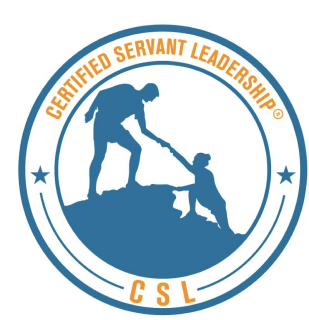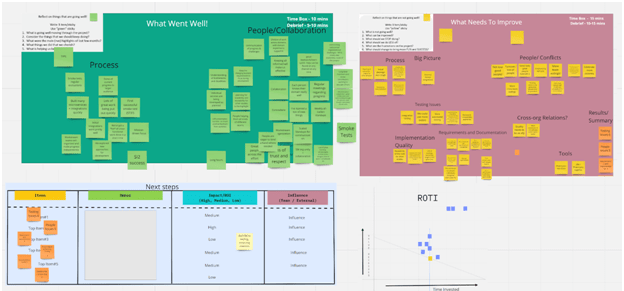
 Story point estimation was created to understand the relative complexity of work.
Story point estimation was created to understand the relative complexity of work.
The work could be of value to the end user and/or customer (whether internal or external to the organization). Examples could be creating a login to a website or flying from Palo Alto to Chicago.
The story point estimation is to distinguish the different levels or complexities of effort needed to accomplish these or similar work items.
Now, accomplishing a particular work(Story) will involves carrying out the individual steps(sub_tasks)
Let’s take a simple real life story and break it into parts or subtasks:
Story A: As a baker I want to bake pumpkin bread for my kids so they are rewarded for doing chores.

Subtasks:
- Go to the market and get the ingredients
- Preheat oven
- Make pumpkin puree
- Prepare dough
- Mix all ingredients together (nutmeg, cinnamon, sugar, baking powder, butter, oil, etc)
- Bake
- Cool bread and serve

While baking the pumpkin bread is a story, the steps to accomplish this story are the subtasks.
If you look at the story, multiple people can contribute to it. My wife can help, my kids can do a few things too. But to accomplish a subtask, it can be carried out by a single person. One person can prepare the dough, another, the puree, and so on. Do you see the difference between the story and its subtasks?
As multiple users with different skill sets can and will work on a story, the stories are relatively estimated.
Let’s take another story as an example.
Story B: As a car owner, I want to take my car for regular tune ups so that it is well maintained.
Within the same family, different people can help in accomplishing the two stories above. So estimating the two stories relatively will make sense because it is independent of who might be working on them. However, carrying a subtask would be an individual effort and it’s easier to measure it in hours or time units. Measuring these individual subtasks in story points will not provide any value (useful information) on the level of the effort.
To take a closer look, let s understand stories. As a cross-functional team, when a story comes up for discussion, team members are encouraged to participate and work together on them. That means different team members with different skill sets and experience will work on the same stories.
s understand stories. As a cross-functional team, when a story comes up for discussion, team members are encouraged to participate and work together on them. That means different team members with different skill sets and experience will work on the same stories.
If different individuals had to work on the story solely, they’d work on it at different times. But since they will be working on it together, it is important to estimate as a team, and the estimation is done relatively with respect to the complexity of other stories to be done by the same team. So, a five-point story worked by a team can roughly take two and a half times more than a two-point story worked on by the same team.
What has been your experience on story vs subtask estimation? What challenges have you faced and how did you deal with them?

Amitabh (Amit) Sinha is a servant leader entrepreneur, visionary, mentor, trainer and coach. Amit is highly passionate about Agile, its principles, values, and the human side. Amit is a people champion and strives to bring out the best in his teams. Amit leverages his expertise in Agile, Scrum, Kanban and people skills to increase team effectiveness and happiness. See more































